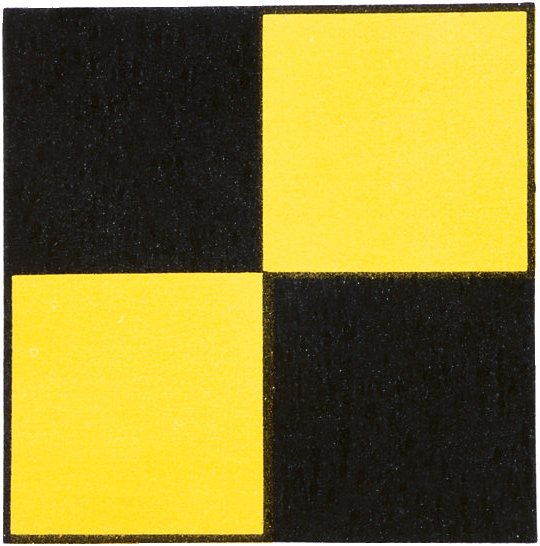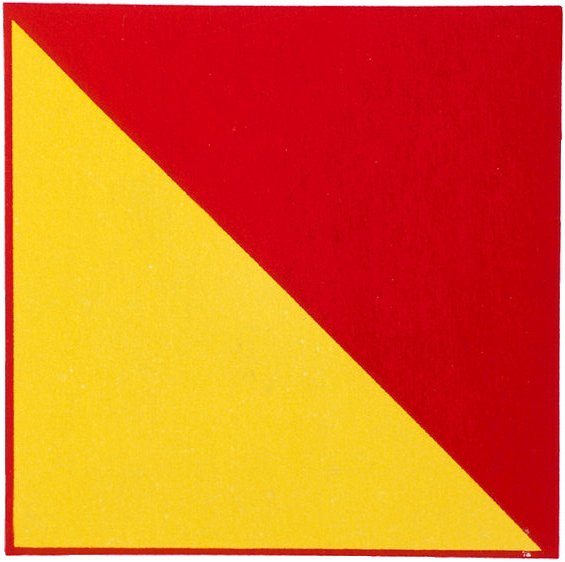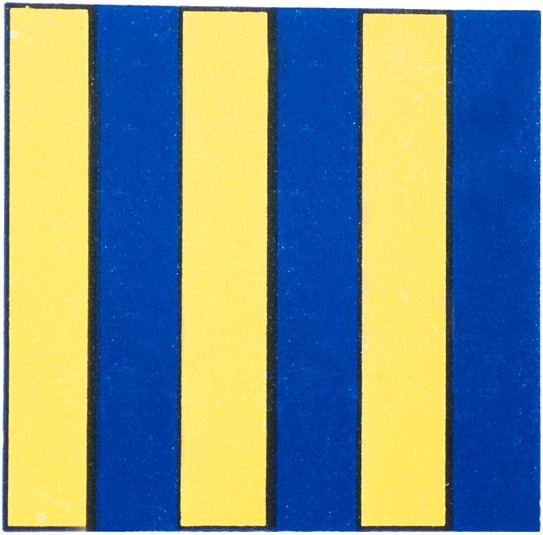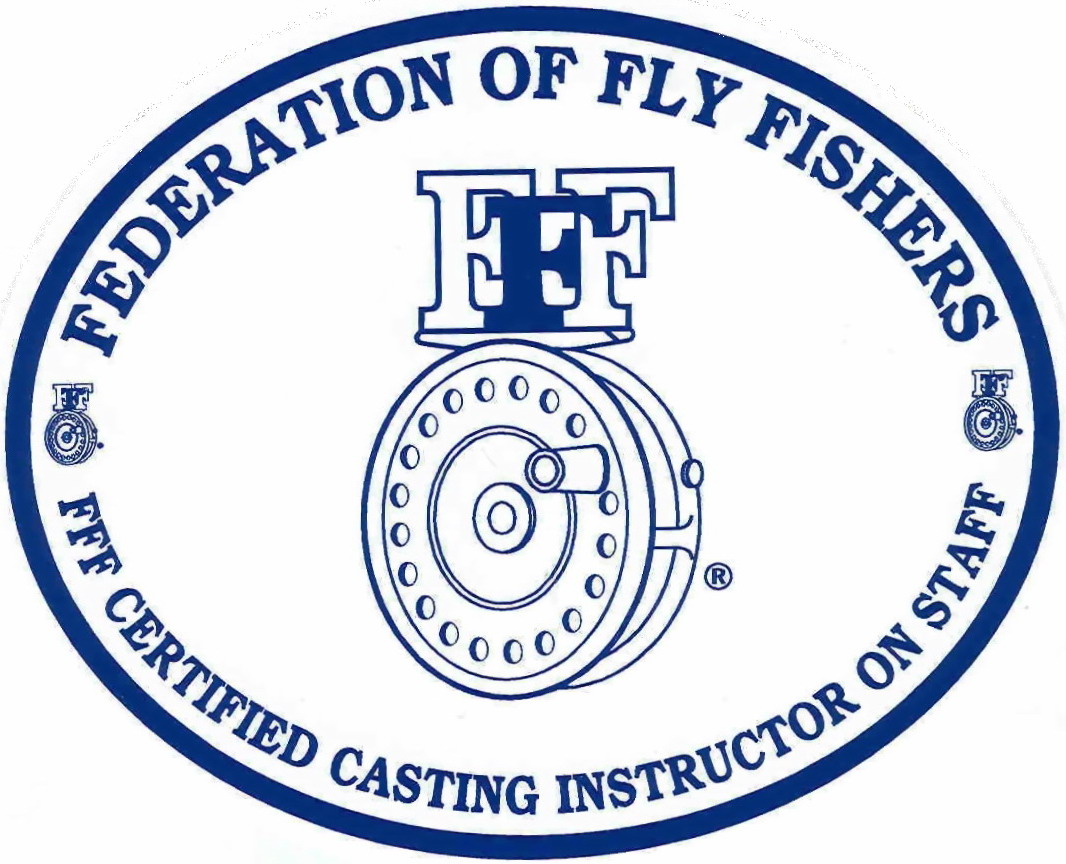When in Doubt- Fish on Structure
by Captain Jim Barr on 09/14/16
No doubt you have found yourself with the opportunity to fish in unfamiliar water. Sometimes that means you are going with a friend or maybe you will be with a guide. There will be those times however when you will be solo, whether on foot or in a watercraft of some sort. If you prefer to fish shallow water as I do, you will always be on or near what we refer to as "structure". Structure comes in many forms, in saltwater we consider rocks, ledges, coastlines, reefs, sand bars, shallow water flats as forms of structure. If you fish in fresh water structure can mean rocks, sand bars, underwater brush piles, downed trees, docks, weed beds- the list goes on. As you plan your excursion to unfamiliar water, do some homework first. Find a map or chart, access on-line resources such as Google Earth, scout interesting waters at low tide or if in fresh water, survey streams and lakes when water levels are down...and look for structure. Structure provides nurseries for bait, protection from fast moving water and predators, ambush points for predators, and food collection areas for drifting forage such as insects in a trout stream.
Pay attention to the following:
- Near shore reefs/ ledges
- Shallow and protected salt ponds


 Fish breaks between shallow and deep water
Fish breaks between shallow and deep water - Smaller bays
- Estuaries
- Salt rivers
- Beaches
- Flats
- Boulder fields
- Docks, wood and concrete pilings, rock piles, ledges, dropoffs - they all hold bait- Fish on and near them.
- Fish where current meets or leaves ledge and other structure.
- Scout boulder fields and shoreline contours during low tides.
- When you spot boulders and ledges not on your chart or chart plotter, set waypoints for return night time excursions.
- Break down large sections of water into understandable and manageable (fishable) pieces.
- Think of the saltwater environment like you would a trout stream or a freshwater bass pond- fish cover & structure.
- Bass will be moving toward or away from structure as current changes and bait repositions.
- When flats fishing from a boat look closely at the dark grass patches on the bottom, bass will spend more time on dark areas where there may be more bait and where they are camouflaged.
- Look for "highways" that bass use for access and egress to/from the flat. They don't always follow defined channels.
 | |
Fish rock piles and reefs |
 | |
Fish coastal points, bars and breachways |
Comments (0)





